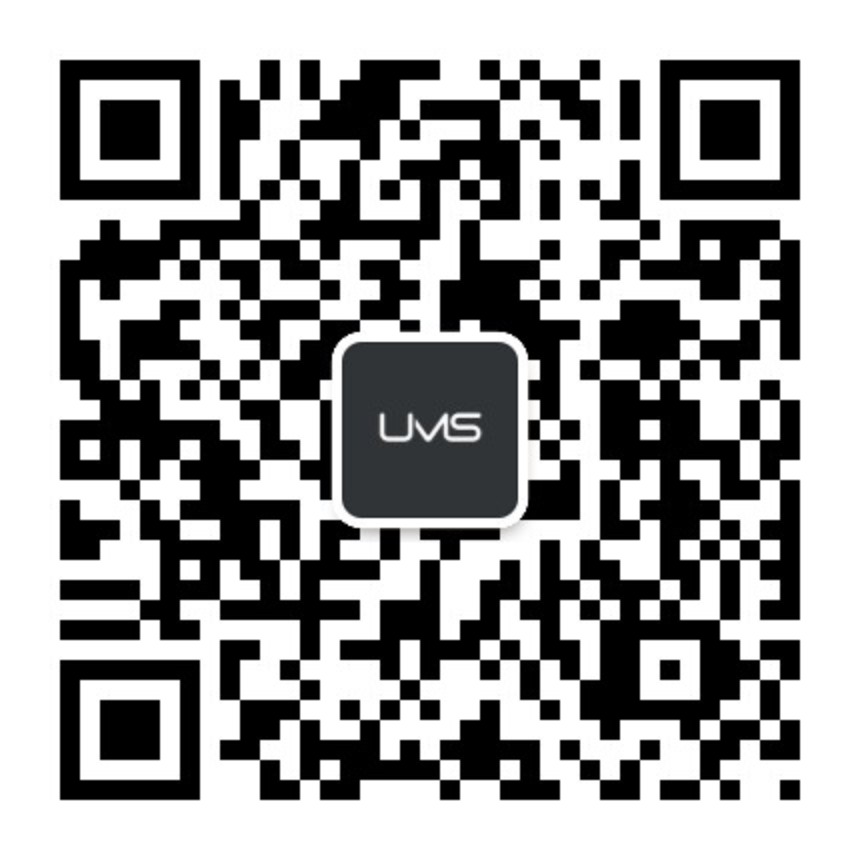Australian education exports have a long way to go to reach 2019 levels.
RECOVERY STEPS
Australia’s international education sector is slowly recovering after the pandemic. The reopening of Australia’s borders to international has led to an increase in student arrivals, but there is still significant work to be done to catch up to 2019 levels. The recent release of the Austrade International Education Year in Review 2022 highlighted several points:
- Education exports in 2022 rose to AUD $25.5 billion but are still down from the AUD $40 billion high in 2019.
- By the end of 2022, Australia received 619,371 international students, an 8% increase from the previous year but still 18% lower than pre-pandemic levels in 2019.
- 201,145 new students began their studies in Australia in 2022, three times the number from 2021, marking the highest intake since 2019.
- The number of continuing students dropped to 418,226, influenced by the reduction in new students in 2020 and 2021.
- There was a significant 39% decline in new international students from China compared to pre-pandemic levels.
- Enrolments in ELICOS (English Language Intensive Courses for Overseas Students) have experienced a sharp turnaround in 2022, with 79,362 enrolments and 73,429 commencements.
- Nine out of ten public Australian universities have seen their international student numbers increase, while domestic enrolments have fallen.
- Austrade’s 2022 International Student Sentiment Survey revealed high satisfaction levels for student support services.
Purpose-built student accommodation is at 100% capacity, even though enrolment numbers are 18% lower overall. Capacity in rental accommodation in major cities will need to increase to accommodate students arriving later this year and in 2024. Efforts to attract highly skilled post-graduate and PhD students may be hampered by a lack of suitable accommodation.

ENGAGING PROSPECTIVE STUDENTS
Reaching out to prospective students in China is essential for Australian education institutions to recover enrolment. Platforms such as WeChat, Little Red Book, and Douyin (China’s TikTok) have a large user base, making them ideal channels for promoting courses, campus life, and support services.

By sharing Chinese students’ success stories, highlighting cultural exchange programs, providing information on scholarships and visa processes, education providers can establish a strong online presence and attract more applications from Chinese students.
Check out the latest education white paper from United Media Solution: Reconnecting With Prospective Students In China
SOCIAL MEDIA TIPS
When it comes to promotional content on social media, compelling visuals and engaging storytelling can make all the difference. Education providers can create posts to showcase campus facilities, student life, and academic accomplishments of the institution. Video posts, such as “a day in the life” clips, can provide a glimpse into the daily experiences of students on campus – from attending classes to utilising on-campus facilities, including library and study areas.
User-generated content and provide excellent engagement. By launching social media campaigns, and challenging hashtags that invite students to share their experiences, photos, and videos of campus life, events, and achievements, education providers can cultivate a sense of community and provide authentic insight into studying in Australia.
AGENT NETWORKS
In addition to marketing, it’s vital for Australian education institutions to foster relationships with agent networks in China. By collaborating with reputable agents, institutions can ensure that accurate information about their courses and facilities reaches prospective students. Regular training sessions and updates for agents can further enhance their commitment to promoting Australian education.
ASIA AND BEYOND
Engaging with a broad range of source countries is helpful for Australian education providers to balance and diversify enrolment numbers and tap into international student potential. Countries like India, Nepal, Vietnam, and Thailand offer promising markets for international education. With a population of more than 270 million, Australia is still only welcoming around 20,000 students from Indonesia, the same number as in 2018, yet in that time the number of students from the Philippines (110 million) has almost doubled from 12,680 to 21,442.

Beyond those key Asia markets, more than 200,000 students come from other markets around the world. By exploring ways to engage with these other sources of students, institutions can ensure a steady flow of enrolments, foster cultural inclusion, and enhance their global reputation.
A combination of efforts will be needed to recover 2019 numbers, including a the use of targeted social media marketing, creative promotional content, robust agent networks, and key stakeholder engagement. But by doing this well, Australian education institutions can tap into more markets effectively, bolstering international enrolments into the future.













